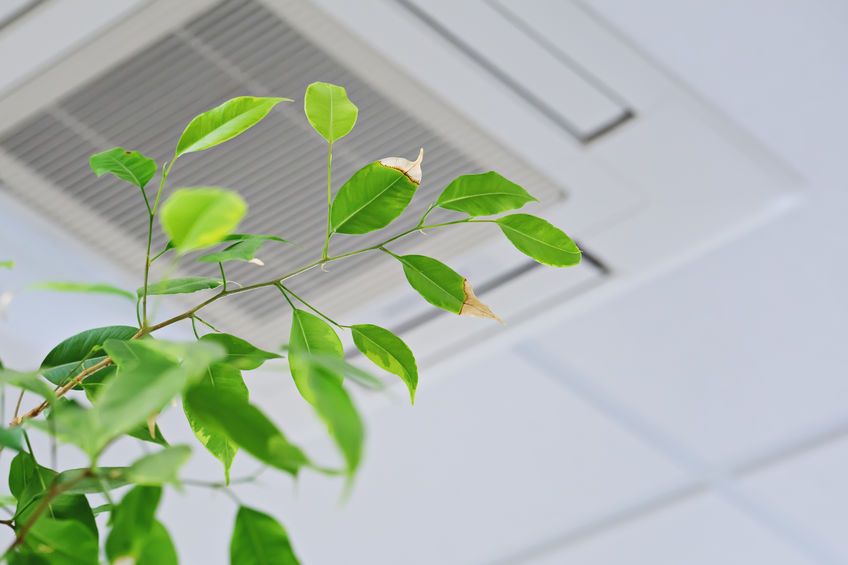Indoor air quality is incredibly important for reasons that don’t need explanation. The quality of the air you breathe on a daily basis matters, and it’s completely within our control to ensure that quality is up to par. That said there may be a few facts about indoor air quality that you weren’t aware of or just haven’t occurred to you, and our team at Metro Services seeks to shed light on the matter.
1– Americans spend 90% of their time indoors.
According to the Environmental Protection Agency, the EPA, Americans spend on average about 90% of their time indoors, where the concentrations of some particular pollutants are 2 to 5 times higher than they typically are outside.
2– Indoor pollutant concentrations have increased in recent decades.
The EPA also asserts that in the past few decades, indoor concentrations of certain pollutants have increased as a result of more energy-efficient building construction, and increased use of more synthetic items such as building materials, furnishings, pesticides and cleaners, and personal care products.
3– There are many sources of indoor air pollutants.
Indoor sources of air pollutants come from within the buildings themselves, and adversely affect indoor air quality. There are combustion sources such as tobacco, wood and coal heating or cooking appliances and fireplaces, all of which can release harmful byproducts such as carbon monoxide and particulate matter directly into your indoor environment.
Other items of concern include cleaning supplies, paints, insecticides, and other common products which introduce chemicals and even some volatile organic compounds into your indoor air. Building materials can degrade, releasing harmful particles into the air, while the off-gassing from some other products can have a harmful effect on indoor air quality. Radon, mold, and pet dander are other potential air contaminants.
 4– Poor indoor air quality can have harmful effects on human health.
4– Poor indoor air quality can have harmful effects on human health.
Health effects associated with issues with indoor air quality include irritation of the eyes, nose and throat, headaches, dizziness, and fatigue, and respiratory diseases, heart disease, and even certain forms of cancer.
5– Poor indoor air quality can sometimes cause what’s referred to as “sick building syndrome.”
Sick building syndrome is a term used to describe the scenario in which building occupants experience acute health effects that appear to be linked to time spent inside a building, but no specific illness or direct cause can be pinpointed. According to the EPA, indicators of sick building syndrome include symptoms such as headaches, eye, nose, and throat irritation, dry or itchy skin, dizziness and nausea, difficulty concentrating, and fatigue. Those experiencing these symptoms report relief soon after leaving the building in question.
Potential causes include poor ventilation, chemical contaminants from indoor sources, chemical contaminants from outdoor sources, and biological contaminants like mold, bacteria, pollen, and viruses.
6– Poor indoor air quality can have immediate and long-term effects on health.
The EPA asserts that some adverse health effects may present themselves after a single exposure or repeated exposure to a pollutant. Some immediate effects are similar to symptoms of colds and other viral diseases, so it can be difficult to ascertain whether or not the issues are being caused by an environment. This is why it’s imperative to stay tuned in to when and where symptoms occur.
Other indoor air quality health effects can show up years after exposure or even only after long or repeated periods of exposure. These effects include respiratory diseases, heart disease, and cancer, and can be severely debilitating and even fatal.
If you’re concerned about the indoor air quality in your home or building, contact our team at Metro Services. We have tried and true methods to test the air quality in your space, and can help mitigate issues by eliminating the source of contamination. Learn more about our indoor air quality services, and get in touch with our team today. Breathe easier knowing the air in your workspace or home is clean and healthy.

